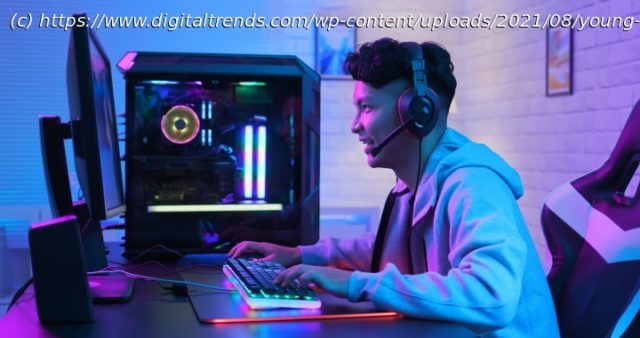If you have an Nvidia graphics card and want to record gameplay or take instant replays, Nvidia Shadowplay is a great tool. Here’s how to use Nvidia Shadowplay.
Nvidia Shadowplay (formerly Nvidia Share), is a tool that lets gamers with the best Nvidia graphics cards record and stream live gameplay. It’s also an in-game overlay that lets you take screenshots or check your frames per second (fps). Many users of Nvidia cards have access to this feature, but do you know how to enable Nvidia Shadowplay to record your gameplay?
In this guide, we will show you step-by-step how to use Nvidia Shadowplay. We will also cover everything else you need to know about the program.
Before we get started, Nvidia has rebranded Nvidia Share to Shadowplay. Nvidia Shadowplay continues to be the better-known name of the feature, but ultimately, both Shadowplay and Share are essentially the same program.How to use Nvidia Shadowplay to record your gameplay
Nvidia Shadowplay can be accessed only through GeForce Experience. This is Nvidia’s software that is responsible for, amongst other things, helping you download and install Nvidia drivers, optimize game settings, and more.
Step 1: Launch Nvidia Shadowplay by pressing the keyboard shortcut Alt + Z.
If you can’t get it to open, you may not have installed GeForce Experience. You can download it directly from Nvidia’s website.
Step 2: Directly below the toggle for the in-game overlay, select Settings to tinker with a few options before you start recording.
Step 3: The two crucial settings that you absolutely should adjust before recording are Privacy Control and Recordings:
Scroll all the way down in Settings until you find Privacy Control, then enable Desktop Capture. Without this, you won’t be able to record at all.
In Recordings, you can select the folder in which your video recordings will end up. Make sure you check it out prior to recording, especially if you have limited space on one of your drives.
Step 4: Other settings worth considering include:
Keyboard shortcuts: Adjust the shortcut used to bring up Nvidia Shadowplay during gameplay, as well as other handy key bindings.
Video capture: In this section, you can set the video quality, resolution, fps, and length of the Instant Replay feature. If you’re not sure what Instant Replay is, check out our section on it below.
Audio: This section lets you separate and mute certain audio tracks. It’s useful if you’ll be playing a game while also using voice communication.
Click around and change the settings that are important to you. If you find you can’t change any, you may have Instant Replay turned on. Disable it first, then try to adjust your settings again (don’t forget to turn Instant Replay back on if you want it).
Step 5: Now it’s time to actually record some gameplay. Open up the game you want to record. You can then open up Shadowplay again by pressing the Alt + Z shortcut, or by selecting the small overlay icon in the corner. Selecting Share will open the in-game overlay. This overlay can be launched at any time, even if you’re not currently gaming.
Step 6: Before you begin recording, decide whether you also want to record your webcam and your microphone. You can adjust this in the Nvidia Shadowplay overlay, on the right side of the interface. Select the Webcam and Microphone icons to toggle them on or off.
When you’re ready to start recording, you can press Record directly in Nvidia Shadowplay, followed by Start, or via the default keyboard shortcut of Alt + F9. The same shortcut is used to stop recording when you’re done. Alternatively, you can bring the Shadowplay interface back up with Alt + Z and then stop recording manually.
Step 7: The recording will be saved to the folder you chose when setting up Nvidia Shadowplay.






